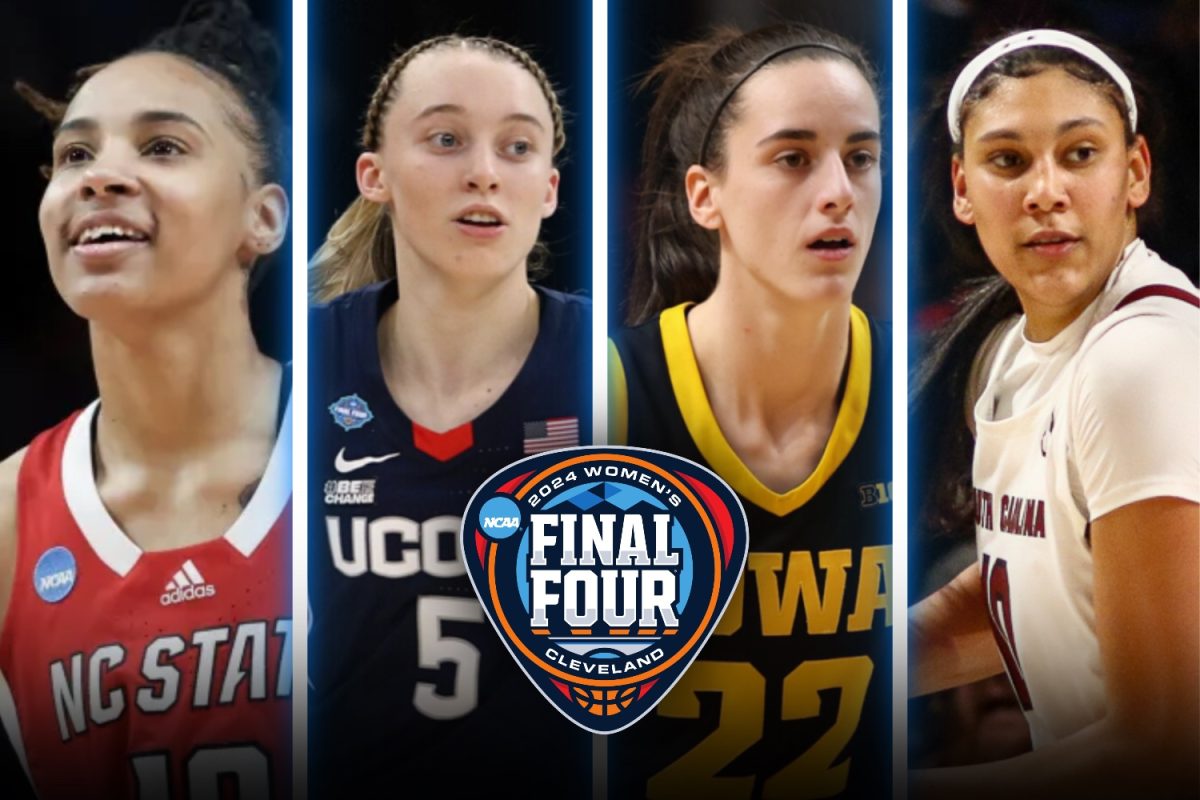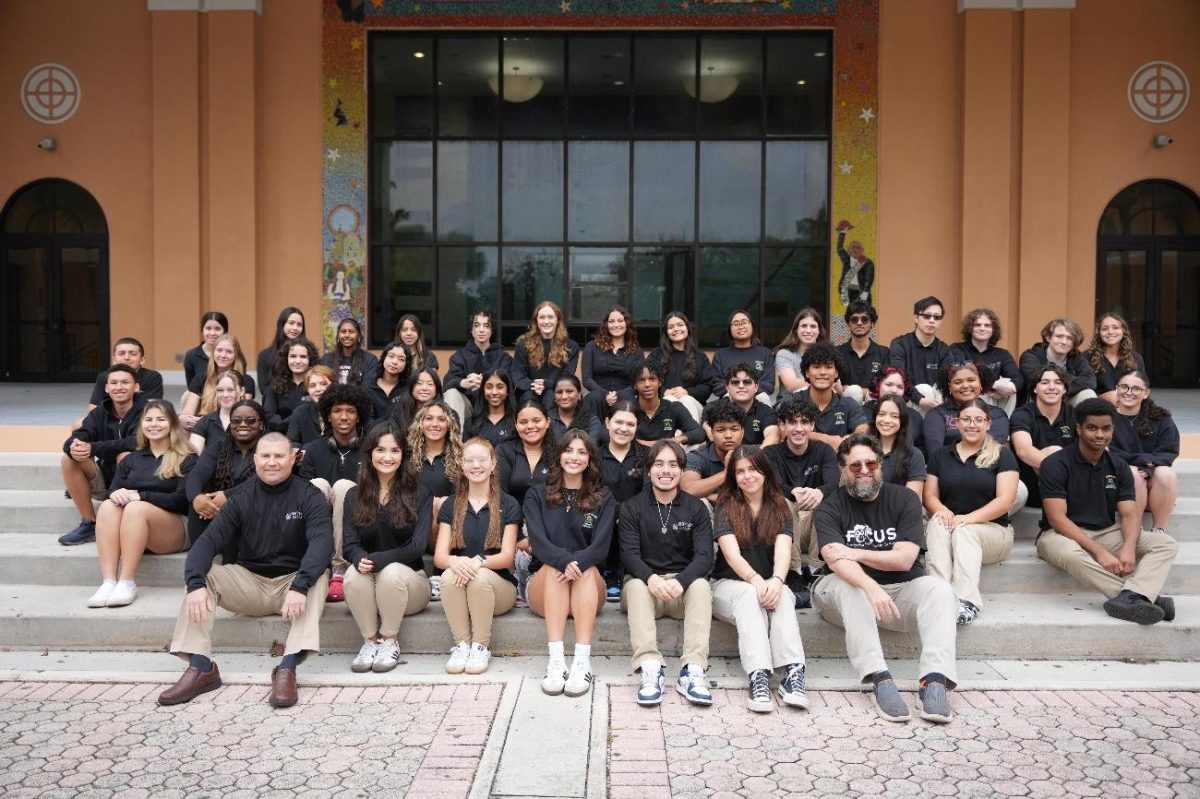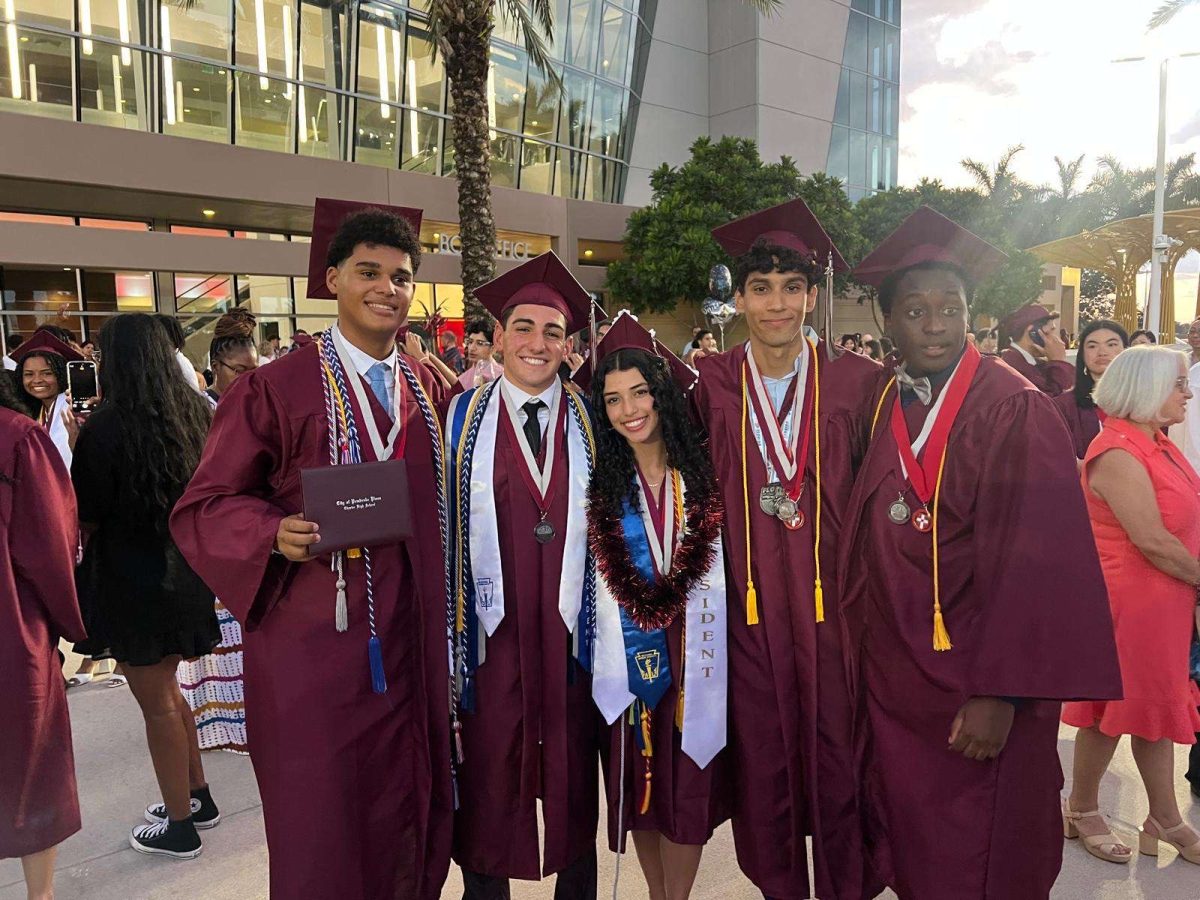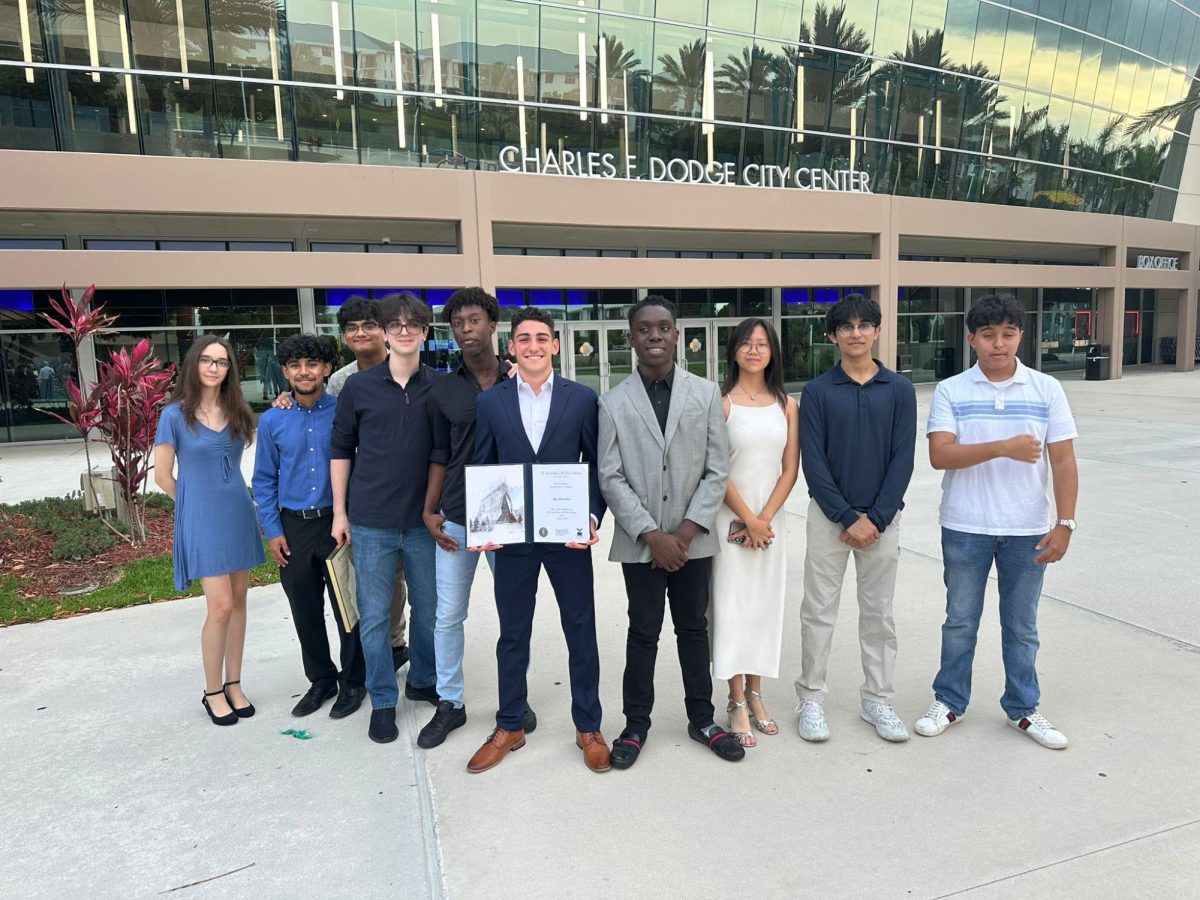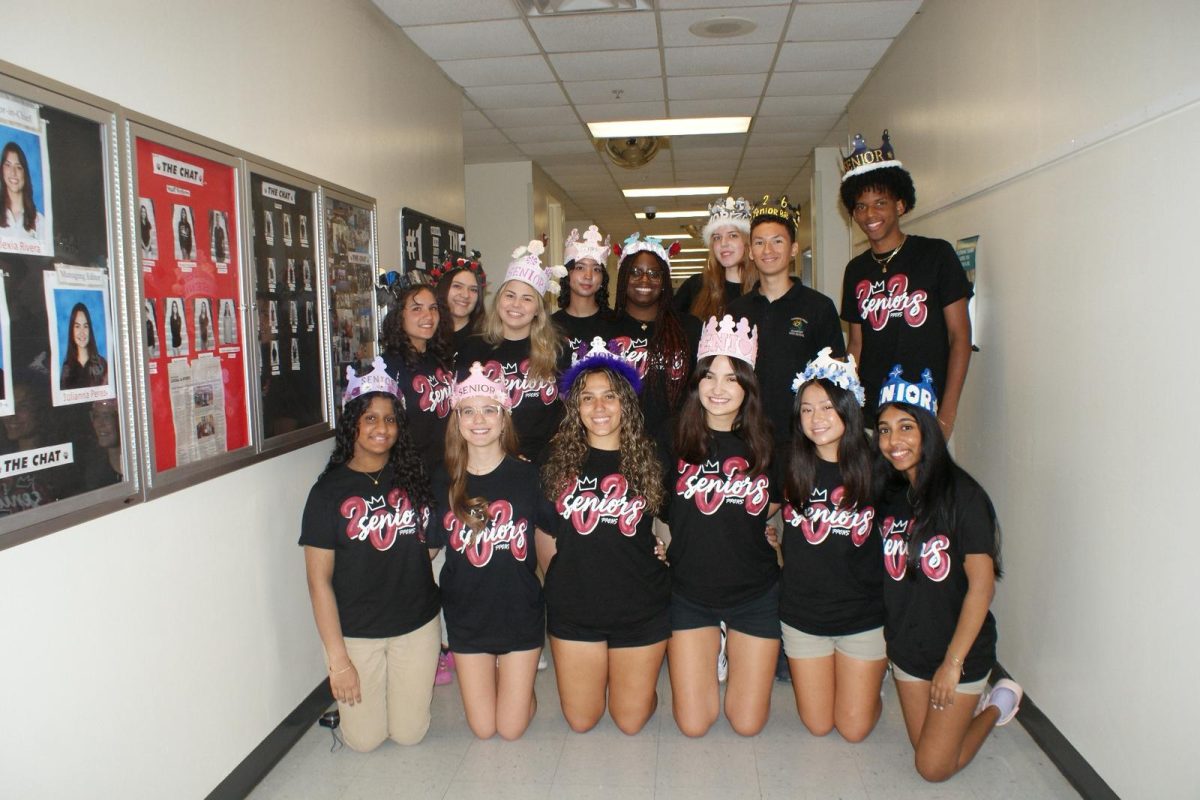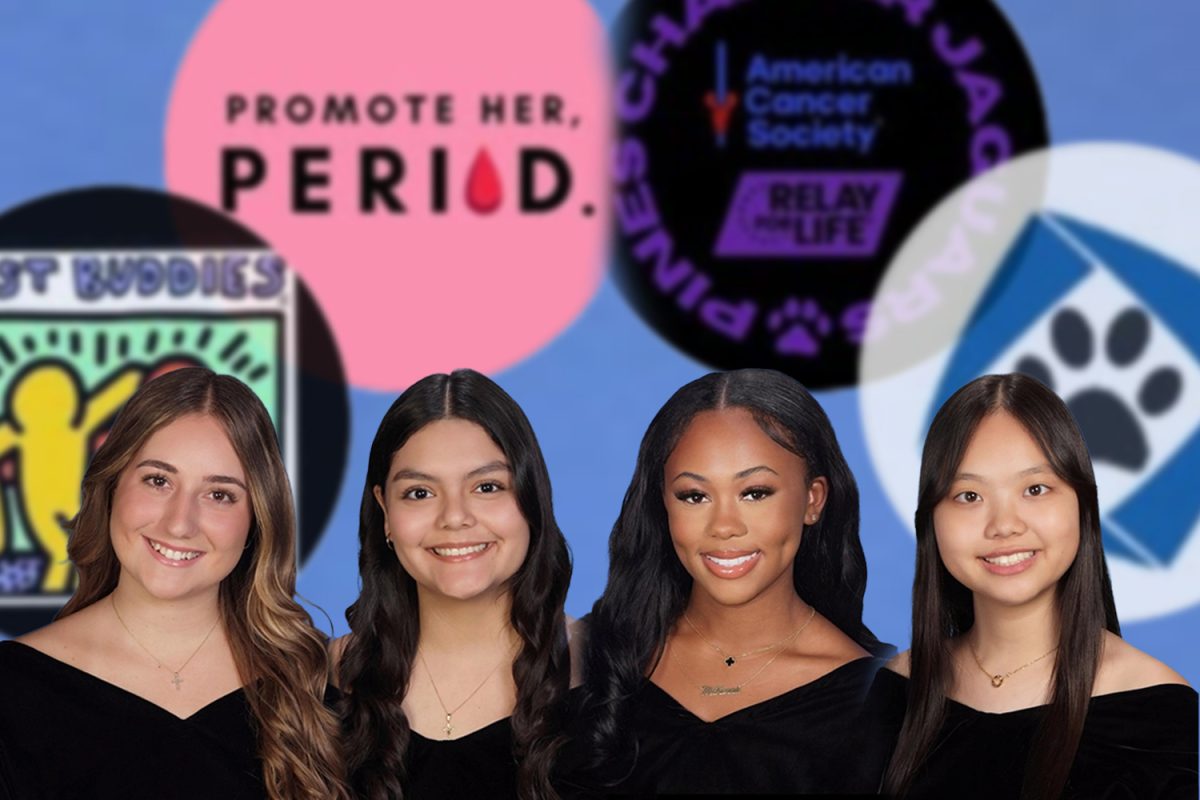In a sport mostly focused around male players, male leagues, and male coaches, there has been a growing focus on breakout stars in women’s college basketball. More specifically, many have discovered that women’s college ball has players with a level of technical skill and passion that fans have been seeing in the men’s game.
Morgan Taylor, captain of our own Lady Jags, has a deep appreciation for this new popularity, one she feels is long overdue. “As a female player myself, all I can do is smile when I hear boys fighting over who’s better during class. It makes me so happy to see that our sport is finally being noticed even if it is causing heated arguments between people,” she said candidly.
The growing popularity of women’s college ball first hit mainstream media in the previous season, with all eyes turning to National Player of the Year, Caitlin Clark. Guard for the University of Iowa and the leading all-time scorer in NCAA Division I history, her athleticism and precision on the court were bound to draw some attention. Many have already begun to call her the best player in college basketball history, considering she recently broke the record for most 3-pointers scored in a single season. At 3,667 points, she has now become the leading all time scorer for college basketball, man or woman.
But what made major headlines last year, besides her abilities on the court, was her intense competitive personality. Most especially, the collision of this personality with the equally competitive Angel Reese on the court. Angel Reese, a forward for Louisiana State University (LSU) and ranked number two defensive leader by ESPN, traded several heated exchanges with Clark last year during the championship game, sparking controversy among viewers. Some believed their conduct was unsportsmanlike, but others think a dynamic rivalry is exactly what the game needs.
Athletic rivalries used to run rampant in the NBA, popular with fans at a time when the sport was much more aggressive. Since then, things have cooled down quite a bit due to strict fines and regulations. However, many are hopeful that having big personality players take on the women’s game will reignite some fires.
While LSU won the championship last year, many complained that the media only chose to commend Caitlin’s skills, not those of the winning team. These complaints have been reignited in this year’s season.
LSU and Iowa had a rematch just last week in the Elite Eight bracket for the NCAA women’s March Madness, with Clark unequivocally carrying the team, scoring 41 against the defending champs and leading the team to the semi-finals after an extremely close game; The final score came out at 94-87, Iowa moving on with just a seven-point lead.
Once in the semi-finals, the South Carolina Gamecocks headed up against the Wolfpack from North Carolina State, winning the not-quite-as-close game. With 78-59 as the final score, the South Carolina team was led by the electrifying Kamilla Cardoso, a starting center who brought her team to the title game, scoring 22 points. Originally from Brazil, the 22-year-old was named the NCAA Tournament’s Most Outstanding Player of 2024.
That same night, Iowa faced off against UConn, with the Connecticut Huskies being led by two-time All-American, Paige Bueckers. The game was defined by a couple of controversial plays, including one in which Caitlin Clark bounced a ball off Buecker’s back in a successful attempt to run out the clock, and a foul called by referees that cost the Huskies a chance at regaining a lead. In the end, Iowa won with a margin of only two points, ending UConn’s hopes of a title with a score of 71-69.
The NCAA Women’s Championship Game would go on to be defined as record-breaking, becoming the most-watched basketball game (college or professional) ever, with an astounding 18.7 million viewers. South Carolina continued their undefeated season, finalizing a sweet “revenge” on the Iowa Hawkeyes that took them out of the running last season. Celebrating an unquestionable victory with a final score of 87-75, the Gamecocks ended a season which will be remembered as the year women’s college basketball players became household names.
